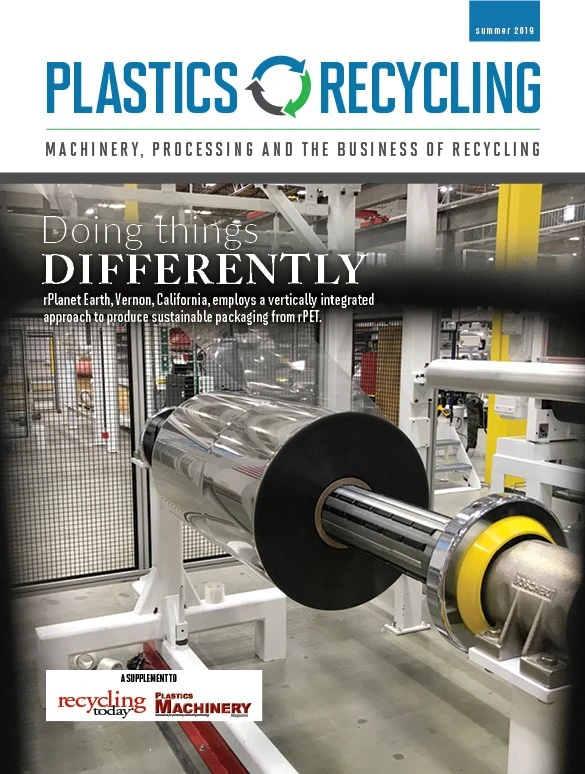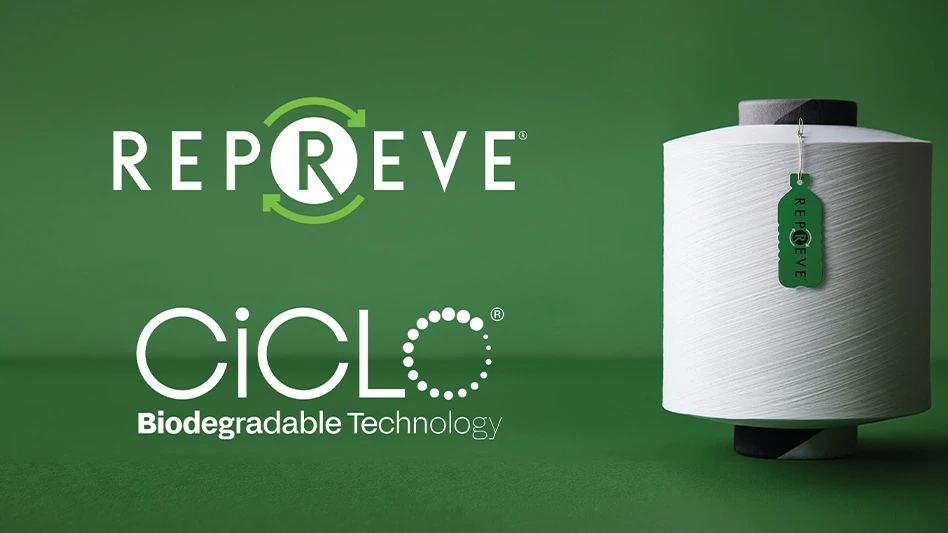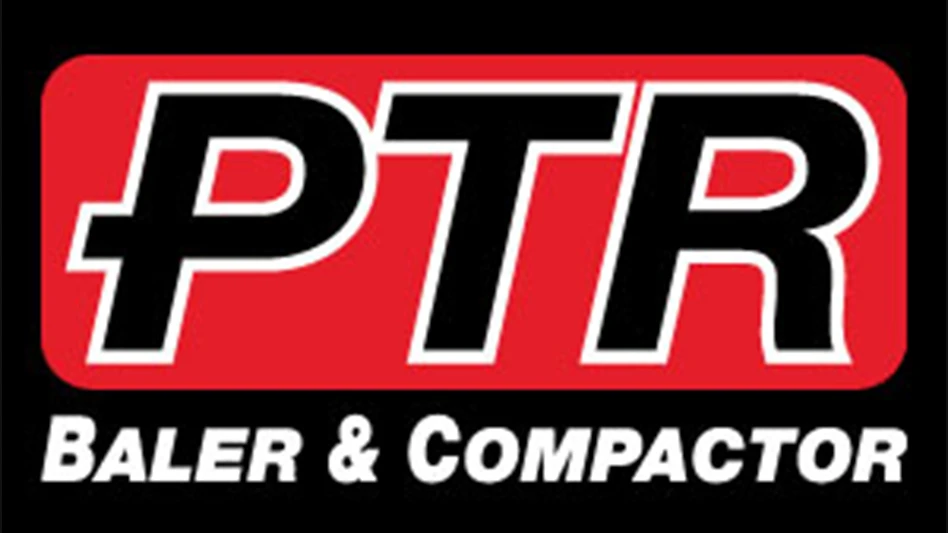
A program aimed at diverting hard-to-recycle plastics from landfills continues to expand despite objections raised by some environmental groups.
In April, Dow Chemical Co. and the nonprofit organization Keep America Beautiful, based in Stamford, Connecticut, announced the availability of up to $125,000 in grants for organizations to establish Hefty EnergyBag programs in their communities.
The Hefty EnergyBag program is a collaboration between Midland, Michigan-based Dow and Reynolds Consumer Products of Lake Forest, Illinois, to divert plastics from landfills for conversion into fuel and other products. The program, already operating in three metropolitan areas, collects chip bags, stand-up pouches, foam containers, candy wrappers, juice pouches, toothpaste tubes and numerous other forms of plastic packaging that are not accepted in traditional curbside recycling programs.
Supporters of the program say it is designed to complement existing recycling programs. Promotional literature specifically asks participants to exclude certain items, including aluminum cans, food, glass, paper, liquids and metal from the orange Hefty EnergyBags used for the curbside collections.
EnergyBag launched in 2014 with a three-month pilot project in Citrus Heights, California, that converted the collected plastics into synthetic oil. According to Dow, the pilot project collected 8,000 EnergyBags, diverted 6,000 pounds of plastics from landfills and created 512 gallons of synthetic crude oil.
Residents placed their hard-to-recycle plastics in bags that were picked up with their recyclables at the curb. The bags were sorted from the recyclables at a community recycling facility and sent to Tigard, Oregon-based Agilyx Corp., where the plastics were converted into synthetic oil using pyrolysis, according to the Flexible Packaging Association, which participated in the pilot project.
The pilot proved that previously unrecyclable plastics could be collected at the curbside and diverted from landfills, according to Keep America Beautiful.
Connecting with new communities
The success of the pilot program led Dow and numerous partners to establish an ongoing Hefty EnergyBag program in Omaha, Nebraska, and surrounding communities in 2016. The program expanded again early last year to Boise, Idaho, and surrounding communities, and in late 2018 to Cobb County, Georgia.
By the end of last year, these three main participating communities totaled more than 125,000 households. That figure is expected to grow significantly this year once the program expands to Lincoln, Nebraska, and grows in Cobb County.
In addition, the first program in Canada is expected to launch by the end of the year, says Jon Pyper, associate director of sustainability for Dow.
Currently, materials collected in the orange bags primarily are sent to energy recovery facilities for conversion into products that include transportation fuels, waxes and lubricants, Pyper says. Other potential end markets include durable composites used to make railroad ties, pallets, decking and other building materials, he says.
Initially, a small quantity of material from Omaha was sent to a cement kiln for use as fuel, but subsequent loads have gone predominately to pyrolysis plants, according to Dow. “All participating communities currently send their materials to pyrolysis units as the primary end market,” Pyper says. “These facilities produce various synthetic fuels and waxes, which are marketed and sold by the owners of those pyrolysis facilities. Cement kilns are typically only considered as a secondary market, if needed.”
The Omaha program collects plastics that cannot be mechanically recycled by the city’s recycler, First Star Recycling, and ships them to energy recovery facilities.
In Boise, participating households place their orange bags in blue carts for curbside collection along with their other recyclables on regular recycling days. Materials collected in the orange bags are delivered to Renewlogy, a pyrolysis facility that converts them into synthetic diesel fuel, according to the Hefty EnergyBag website.
In Cobb County, Keep Cobb Beautiful, a local Keep America Beautiful affiliate, collaborates with local hauler American Disposal Services to collect the bags. WestRock Recycling separates the Hefty orange bags for transport to Nexus Fuels, which converts the plastics to low-sulfur fuels, oils and wax products, according to Keep America Beautiful.
“The conversion technologies meet very strict emission-control requirements, so the content of the Hefty EnergyBag orange bags will be converted through proven, conscientious methods,” Keep Cobb Beautiful states on its website.
Through March, the Hefty EnergyBag program had collected more than 536,700 bags and diverted more than 357 tons of plastics from landfills. That’s equal to eliminating 51 full trash trucks each year, according to Dow and Keep America Beautiful.
Lincoln was scheduled to launch its participation in the Hefty EnergyBag program at the end of April, and Cobb County recently received a grant to expand its existing program.
“We are working to improve the entire system where our products are used in order to maximize resource efficiency and the benefits derived from using our products.” – Jon Pyper, associate director of sustainability, Dow Chemical Co.
Keep America Beautiful and Dow say they plan to announce recipients of the third round of grants by the middle of this year, and applications are being accepted through July 12.
“We’re pleased to encourage the growth of the Hefty EnergyBag Program with grant funding in collaboration with Keep America Beautiful so that we can recover the value of used plastics that can’t currently be recycled,” Pyper says. “The Omaha-area, Boise-area and Cobb County programs have already proven that we can successfully and sustainably divert more plastics from landfills and reuse those molecules. We’re eager to continue expanding this program and to encourage improved recycling in communities throughout the country.”
The grant program is open to municipalities, nonprofits, material recovery facilities (MRFs) and other qualifying organizations. Dow will equip grant recipients with a framework to aid them in developing the EnergyBag program in their communities and will help them establish the program and track its results.
Addressing environmental concerns
While Dow and Keep America Beautiful tout what they say are the environmental benefits of diverting plastic waste from landfills and converting it to energy, some environmental groups oppose the program.
One concern is the possibility of increased pollution from incinerating plastics or using pyrolysis to convert them to fuel.
“In terms of environmental concerns, there are several studies that have shown pyrolysis of plastics causes the release of persistent organic pollutants, lead, arsenic and mercury—all these emissions that happen when you burn this type of material,” says Claire Arkin, spokeswoman for the Global Alliance for Incinerator Alternatives (GAIA). “Even if these pollutants are captured, they have to go somewhere. So, this process creates byproducts of fly ash, char, slag and wastewater that you then have to deal with. … It makes a bunch of nasty pollution. It is a very complicated way of burning fossil fuels. We really can’t have that anymore.”

GAIA also is concerned that the program is sometimes viewed as “recycling.” GAIA believes the answer to plastic waste is reducing the amount of plastics produced, Arkin says.
“If we are choosing between landfilling and burning, we’ve really already lost,” she says.
As of April, about 60 organizations have joined GAIA in signing a pledge to prevent the Hefty EnergyBag program from coming to their communities, Arkin adds. Landfilling is preferable to burning, she says, but neither is good.
“The answer is, we have this opportunity right now to take a hard look at our recycling industry, improve domestic recycling capacity and phase out those problematic products and packaging that just do not fit into a circular economy, and I am talking about those mixed plastics,” Arkin says. “We believe there needs to be a significant reduction in the amount of plastic produced, particularly single-use plastics. We believe recycling has an important role to play on the road to significant reductions. Recycling can happen for certain types of plastics but not for other types of plastics.”
However, Pyper says Dow is striving to provide communities with clear and consistent educational information about the Hefty EnergyBag program.
“As such, we are working to ensure that this program is accurately described as a plastics recovery initiative, which at this time is energy recovery,” Pyper adds.

He says the Hefty EnergyBag program is a plastics recovery initiative that complements existing mechanical recycling programs and can help remove nonrecycled materials from MRFs, thereby improving overall recycling efficiency.
“Dow has a vital interest and responsibility in making plastic materials beneficial throughout their life cycle,” Pyper says. “We are working to improve the entire system where our products are used in order to maximize resource efficiency and the benefits derived from using our products.”
Pyper adds that emissions from the facilities working with the Hefty EnergyBag program are tightly controlled.
“Risk assessments have shown that regulated use of co-processed materials as fuel in cement kilns poses no increased risk to human health and the environment,” he says. “All cement plant emissions in the U.S. are regulated under the Clean Air Act in addition to any local air quality requirements that protect human health and the environment. Further, all energy recovery facilities that are approved to receive Hefty EnergyBag program materials must undergo a strict vetting process, which includes an assessment of environmental compliance and permits, air pollution controls and facility operational practices.”
Pyper continues, “Communities participating in the program have the option of using various viable energy recovery technology methods, where available, such as pyrolysis, gasification and cement kiln facilities, each of which divert resources from landfills.”

Explore the June 2019 Plastics Recycling Issue
Check out more from this issue and find your next story to read.
Latest from Recycling Today
- Recyclers likely to feel effects of US-China trade war
- BCMRC 2025 session preview: Navigating battery recycling legislation and regulations
- Yanmar Compact Equipment North America appoints new president
- LYB publishes 2024 sustainability report
- Plum Creek Environmental acquires Custom Installation LLC
- Avis introduces Harris American Co.
- International Paper in talks to divest 5 European box plants
- Recycled PP from Polykemi, Rondo Plast used in flood protection product






